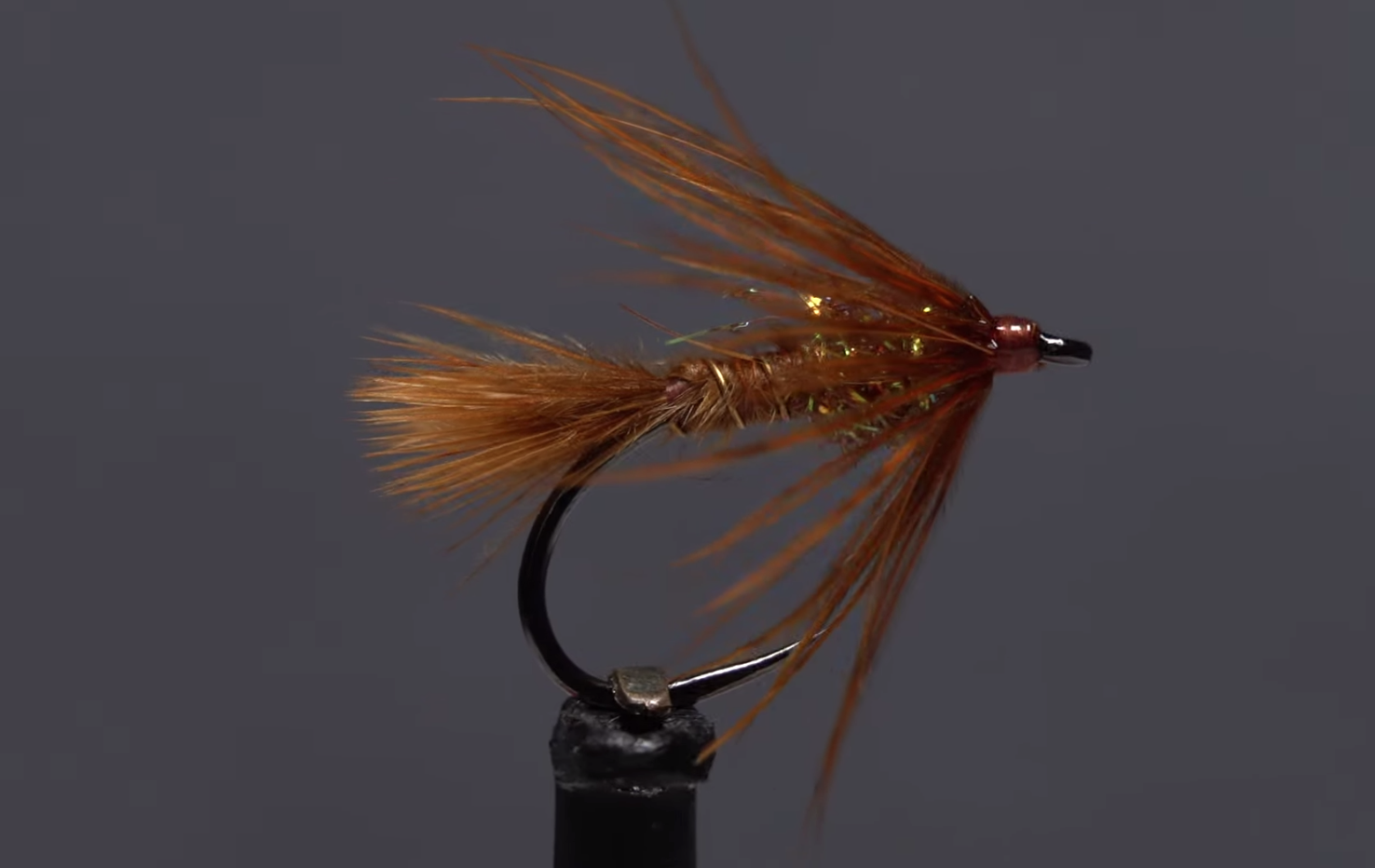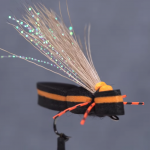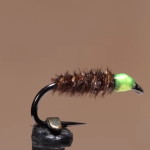[By Tim Flagler]
THERE’S NOTHING QUITE LIKE FALL FLY FISHING FOR TROUT. The smell of wet fallen leaves, a crisp Northwest wind, and perhaps best of all, fewer people on the water. Also, trout know the lean months of winter are fast approaching and are oftentimes less picky when it comes to feeding. And lucky for us the October Caddis hatch takes place right in the middle of all of this.
Here in Northwest New Jersey and eastern Pennsylvania, we’ll start seeing October Caddis well in advance of October, sometimes as early as mid-August. Moving into September, their numbers will definitely increase before peaking at the beginning of October then tapering off throughout the month. October Caddis adults are quite large, say size 10 or 12 and easily identified by both their overall pumpkin orange color and small dark spots on their wings. These adults are so large and attractive that many anglers become fixated on them and tie all sorts of large dry fly imitations with high hopes of trout gobbling them, as they dead drift downstream on the water’s surface. It seems reasonable enough and it does work some of the time, but there’s a much more productive way to fool trout during October Caddis season.
October Caddis are different than most other caddis species in that they greatly prefer to crawl out of the water to hatch rather than doing so on the water’s surface. During a hatch, the pupa will leave their safe anchorages on the stream bottom and swim to the shoreline. There they seem to prefer large rocks with steep faces and will crawl up out of the water a little ways up the rock face, split open their pupal shuck and emerge as winged adults. The adults will then quickly fly from the rock and head for the safety of nearby bushes and trees. There they will continue with the remainder of their life cycle.
October Caddis generally make their move from stream bottom to shoreline rocks just before and into dark, and trout absolutely know it. Once the pupa begin moving, the trout will aggressively hunt them down, oftentimes just below the water’s surface. This is why soft hackles like this one cast downstream and across then swung, are so effective. Violent takes are the rule rather than the exception. You may want to think about using heavier tippet than usual.
Finding places on the river where the hatch is concentrated will greatly increase your chances of success but takes a little extra work. You need to get up early in the morning, and look for the empty pupal shucks left on stream side rocks by hatching October Caddis the night before. As soon as the sun comes up, the shucks will dry out and get blown away by the slightest breeze, erasing all evidence that anything ever hatched. In other words, do some scouting early in the morning, find the shucks, then go back to those spots to fish just before dark. Odds are, you won’t be disappointed.










